It’s not a Jaguar. So let’s get that clear right at the start. What you’re looking at is what Britain’s finest sports car company - as was - might perhaps be doing. This beast is a top-to-toe reworking of a Jaguar XJS. Now called a Supercat, it's bewinged, widened, lowered and ready to scare the living daylights out of you. It's the work of TWR Performance, successors to the company that won the European Touring Car Championship with an XJS in the 1980s. Quite the pedigree. And as we’ll see, quite the car - and one that you can buy.
Out-there design is by Instagram sensation Khyzyl Saleem, his first production-ready machine. Underpinnings and broad silhouette are recognisably XJS-shaped, possibly after a course of steroids. Bulging arches signal a much-widened track, housing bespoke disc-style wheels. Massive shovel-like front splitter, side skirts and take-no-prisoners rear spoiler speak of aerodynamic intent. A huge diffuser runs the entire lower rear of the car. The XJS’s famous flying buttresses, reworked of course, now seem entirely logical. And then there’s the muscular form of the bonnet.
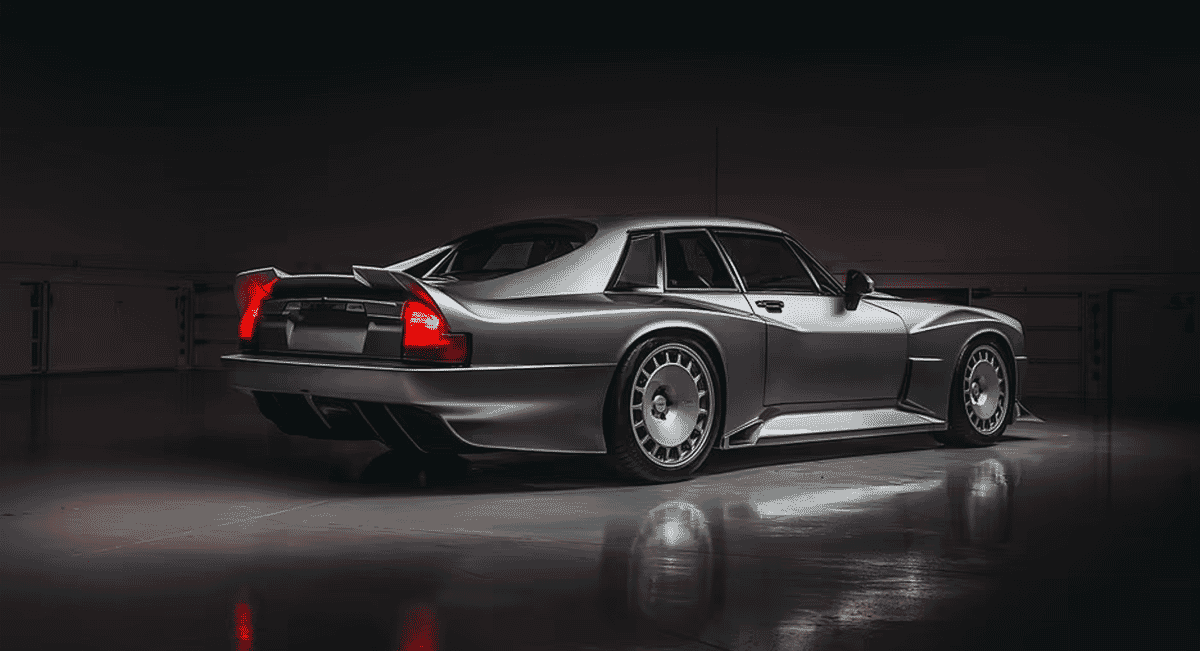
Slats are there for added cooling while a formidable bulge suggests something potent beneath. The XJS could be had with Jaguar’s venerable V12, good in XJR-S form for a respectable 333 bhp. TWR have gone for broke here. Under that bonnet is their own bespoke supercharged V12, developed by in-house engineers and pumping out “in excess” of 600 bhp. In keeping with the analogue-first nature of this project, all that power is controlled through a six-speed manual gearbox, rather than the original’s weedy three-speed automatic. Driving one won't be for the faint hearted.
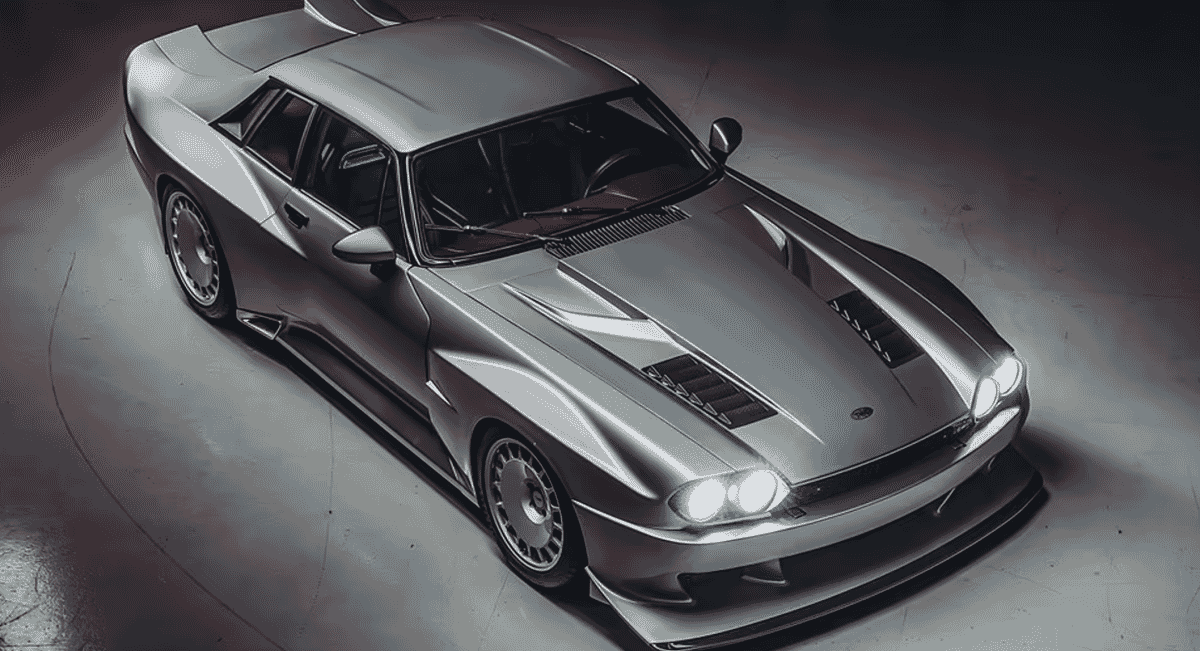
TWR Supercat: The body of the beast
Construction includes super-lightweight carbon fibre panels over a new tubular steel frame. Carbon ceramic brakes are an optional extra (yes please), while suspension is designed not just for track use, but for those long journeys to and from the Nurburgring. Interiors? Yet to be fully revealed but will, say TWR, “integrate modern features while paying homage to the original XJS design”.
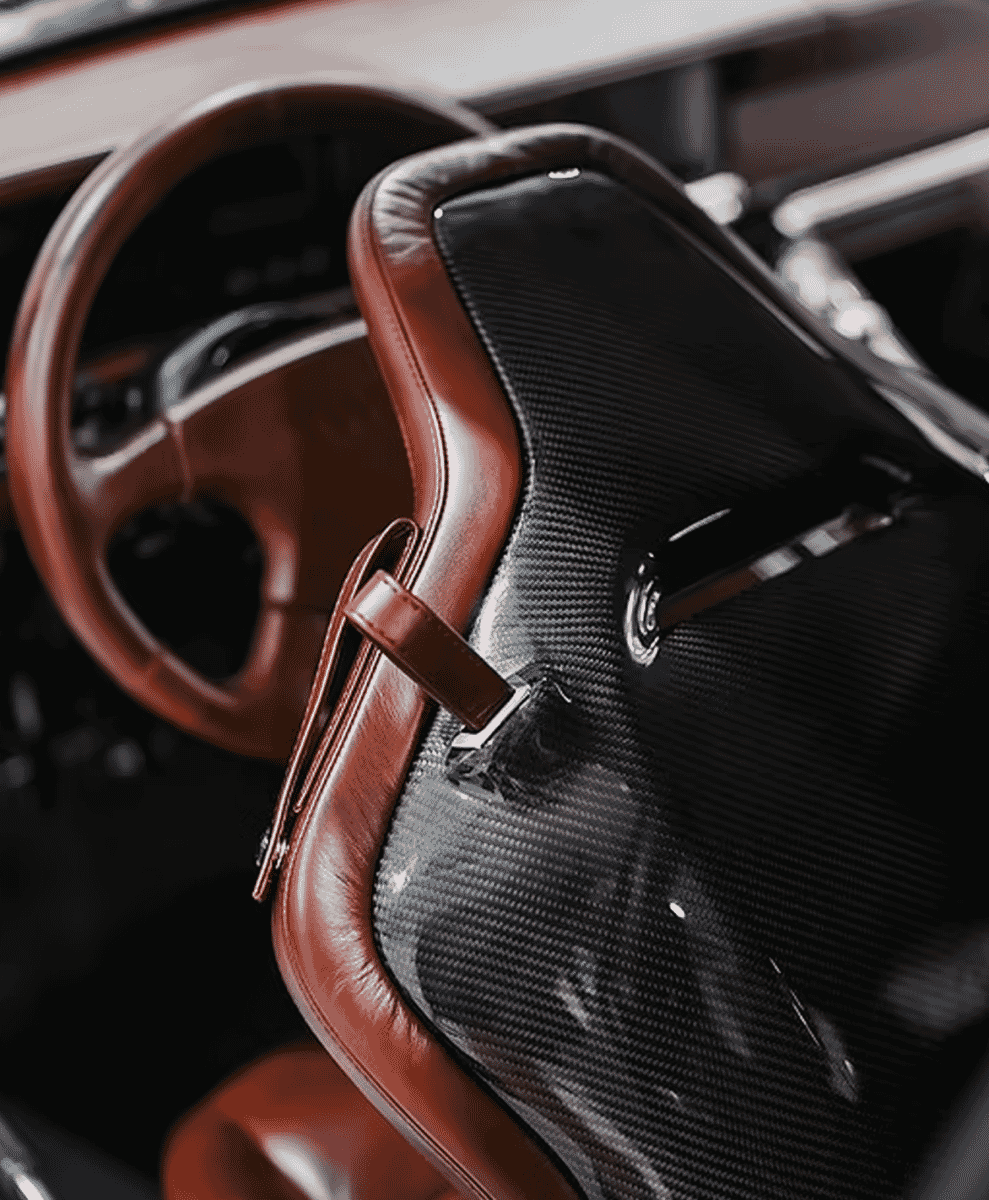
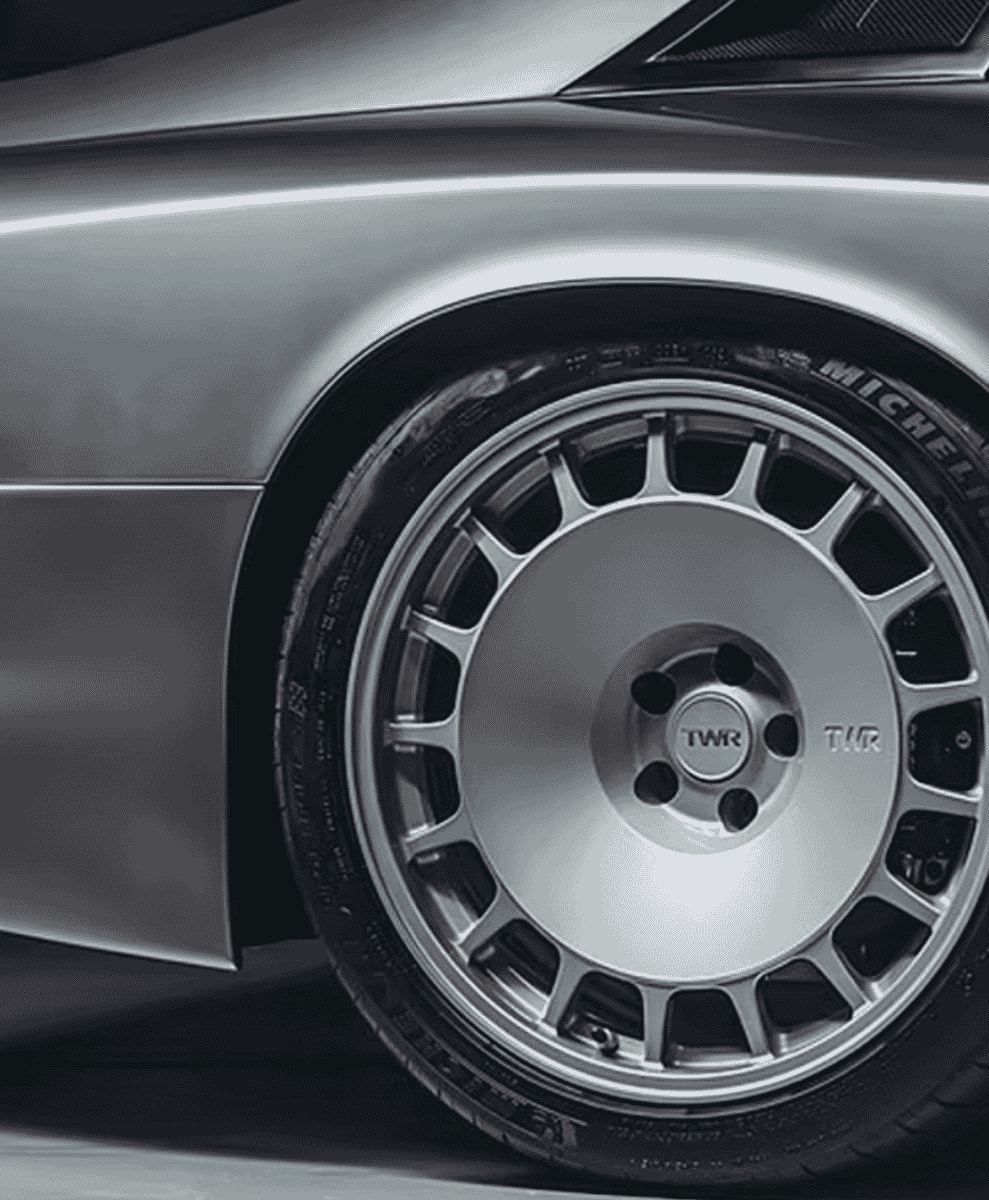
Token rear seating of the original XJS has been removed to allow for a substantial luggage platform where you can stow the Louis Vuitton bags, and a crash helmet or two. If it sounds all very resolved for what is essentially a restomod - TWR don’t like that word, by the way - then that’s because there’s been a two-year development period.
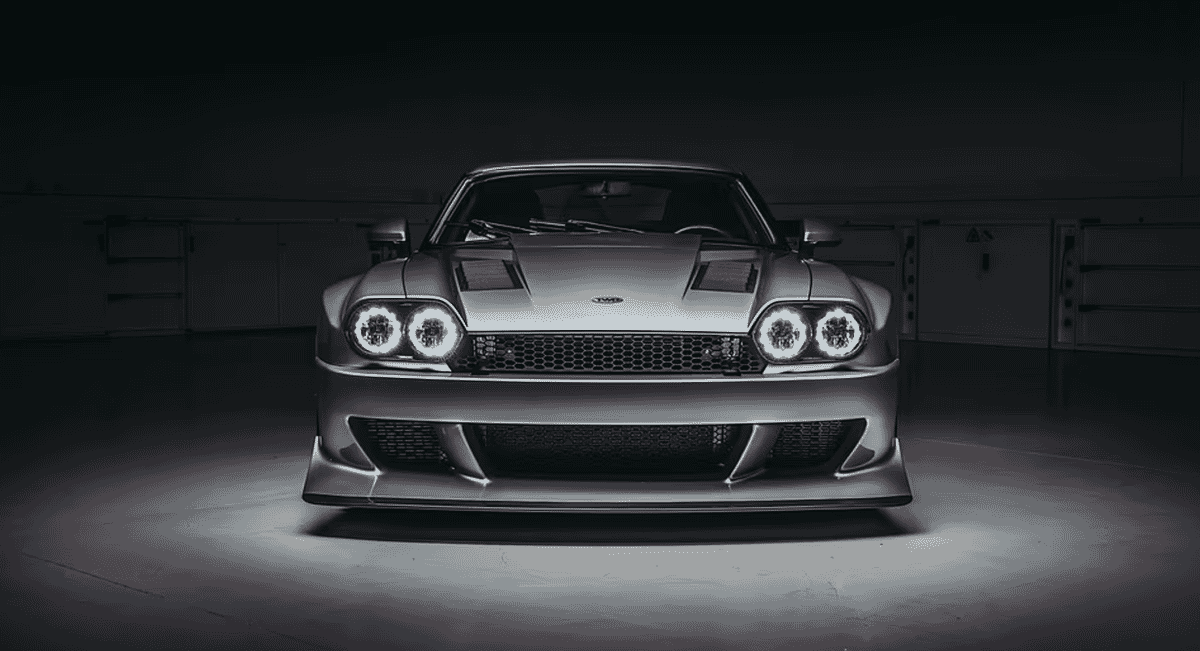
TWR Performance founder Fergus Walkinshaw puts what you might call the conceptual sales pitch for this brutal monster - and for his company - as follows: “preserve and protect the analogue driving experience in a world where modern performance cars are governed by electronic systems”. We’re all over that. And the Supercat, too. They’re just making 88, so be quick. Simply assemble £225,000 and your Sunday morning drives will never be quite the same again. Le Mans trip? Count us in.
Next up: The 10 best British car brands.




